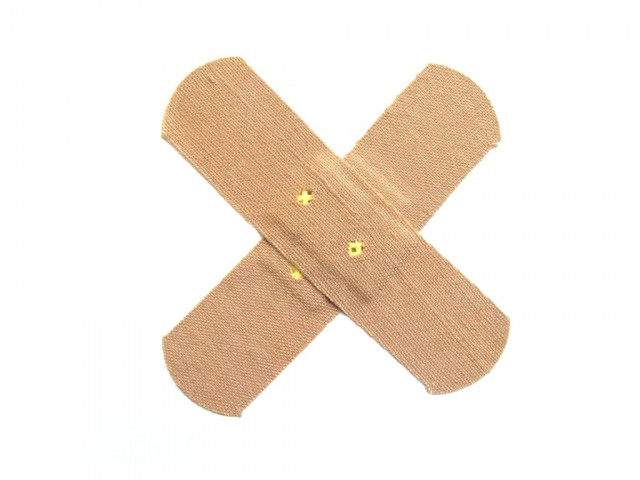Crisis management: Bite the bullet
First aid for gunshot wounds today involves more damage control than on-the-field surgical procedures.

First aid for gunshot wounds today involves more damage control than on-the-field surgical procedures. PHOTO: FILE
Step 1: Before you administer first aid, practice SETUP: Stop (pause to identify hazards to your personal safety), Environment (consider your surroundings), Traffic (be careful along roadways), Unknown hazards (consider things that are not apparent), Personal safety (use personal protective barriers). Try not to move or drag the injured person unless there are direct threats to their or your life.
Step 2: Call for emergency medical assistance so they can rush to the scene while you administer first aid.
Step 3: Reassure the person that they are in safe hands and that you are helping them.
Step 4: Keep the person warm and do not move them unless you must do so to keep them safe.
Step 5: Improvise and use a reliable barrier to avoid direct contact with the victim’s blood to ensure your personal safety. Then apply firm and direct pressure to the wound with your shielded hand to control external bleeding.
Step 6: Use a clean piece of cloth or absorbent pad to cover the wound. Wrap gauze or improvise to make a bandage over the wound. When the absorbent pad is soaked in blood, don’t remove it and apply another pad over it.
Step 7: Keep applying pressure with the palm of your hand to control the bleeding. And if you cannot control the bleeding, tie a tourniquet around the wound as your last resort. Do not tie it too tight though or the skin will turn bluish or become numb. Incorrect application of a tourniquet can result in serious injury or loss of a limb. Note the time when the tourniquet was applied and inform the medics when they arrive.
Step 8: Elevate the injured part, if possible. But do not elevate the legs if the gunshot wound is to the torso, as this will increase bleeding and make it more difficult for the victim to breathe.
Step 9: Lay the injured person down in a comfortable position and check for possible shock. Symptoms include dilated pupils, slow and shallow breathing or hyperventilation and pale skin.
Step 10: Make sure the victim’s body temperature is as normal as possible — cover up or remove clothing accordingly.
Step 11: Comfort the injured person to keep them calm and wait till the medics arrive.
Special instructions:
1. If the victim has been shot in the head, keep the head elevated and get the victim to a trauma centre as soon as possible.
2. If the victim has been shot in the neck or face, use direct pressure to control bleeding and keep the victim upright. Be careful not to obstruct breathing while controlling bleeding.
3. If the victim has been shot in the chest, back or abdomen, apply pressure to control bleeding. The ribs might make this difficult.
To remove all misconceptions and any hesitations about administering first aid, Javed Mir says, “[According to the] Injured Persons Medical Aid Act (IPMAA) of 2004, one can administer first aid to an injured person and defend themselves before the law for carrying out the act.” Therefore, help out as much as you can.
Response time: A healthy body has approximately six to eight litres of blood so it is critical to stop the bleeding as early as possible in order to keep the vital organs functioning. After four to 10 minutes of profuse bleeding, chances of survival are rare. Therefore, do not hesitate and immediately give first aid.
Dilaira Dubash is a senior subeditor on
The Express Tribune magazine desk.
She tweets @DilairaM
Published in The Express Tribune, Sunday Magazine, June 15th, 2014.



















COMMENTS
Comments are moderated and generally will be posted if they are on-topic and not abusive.
For more information, please see our Comments FAQ